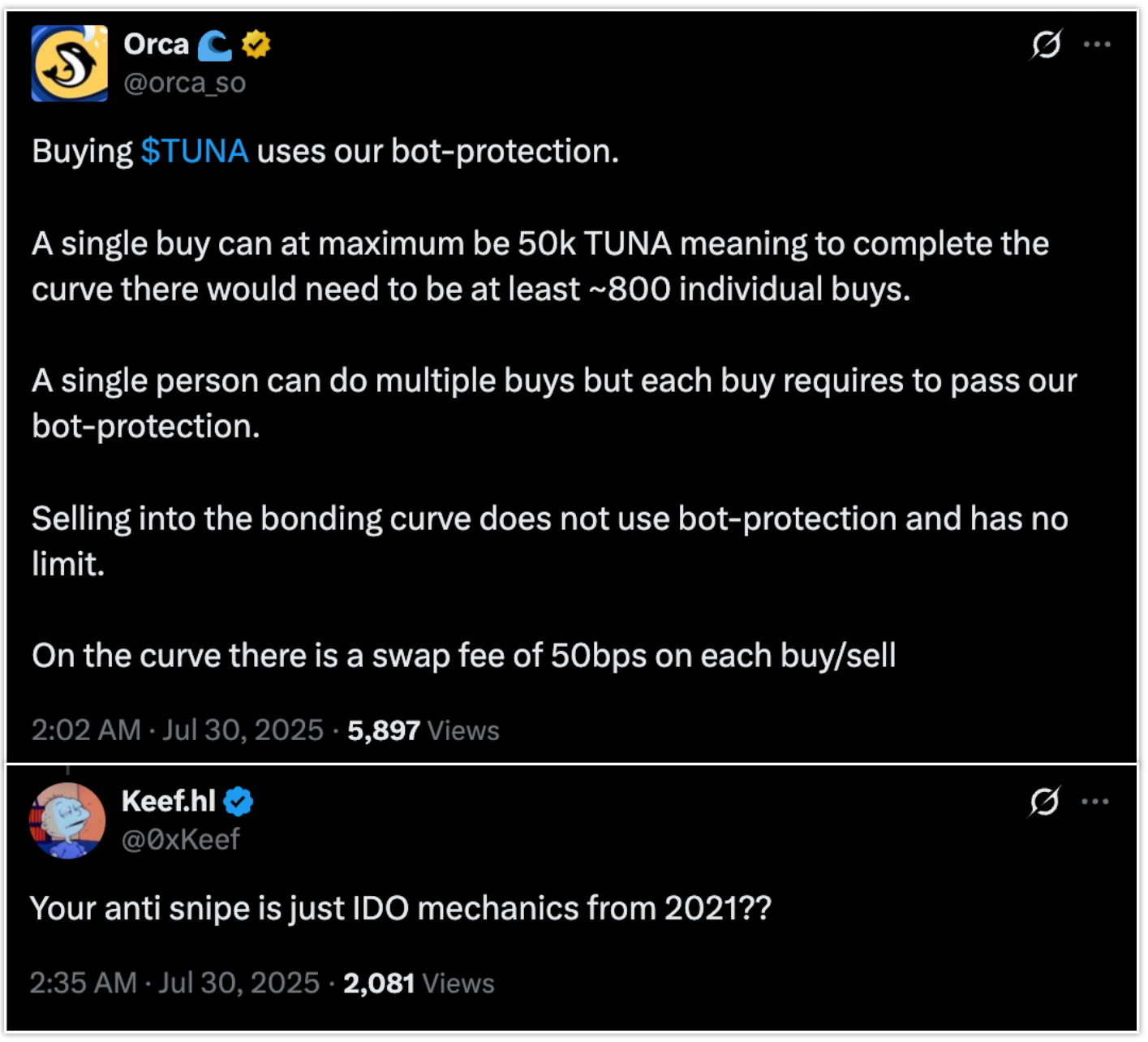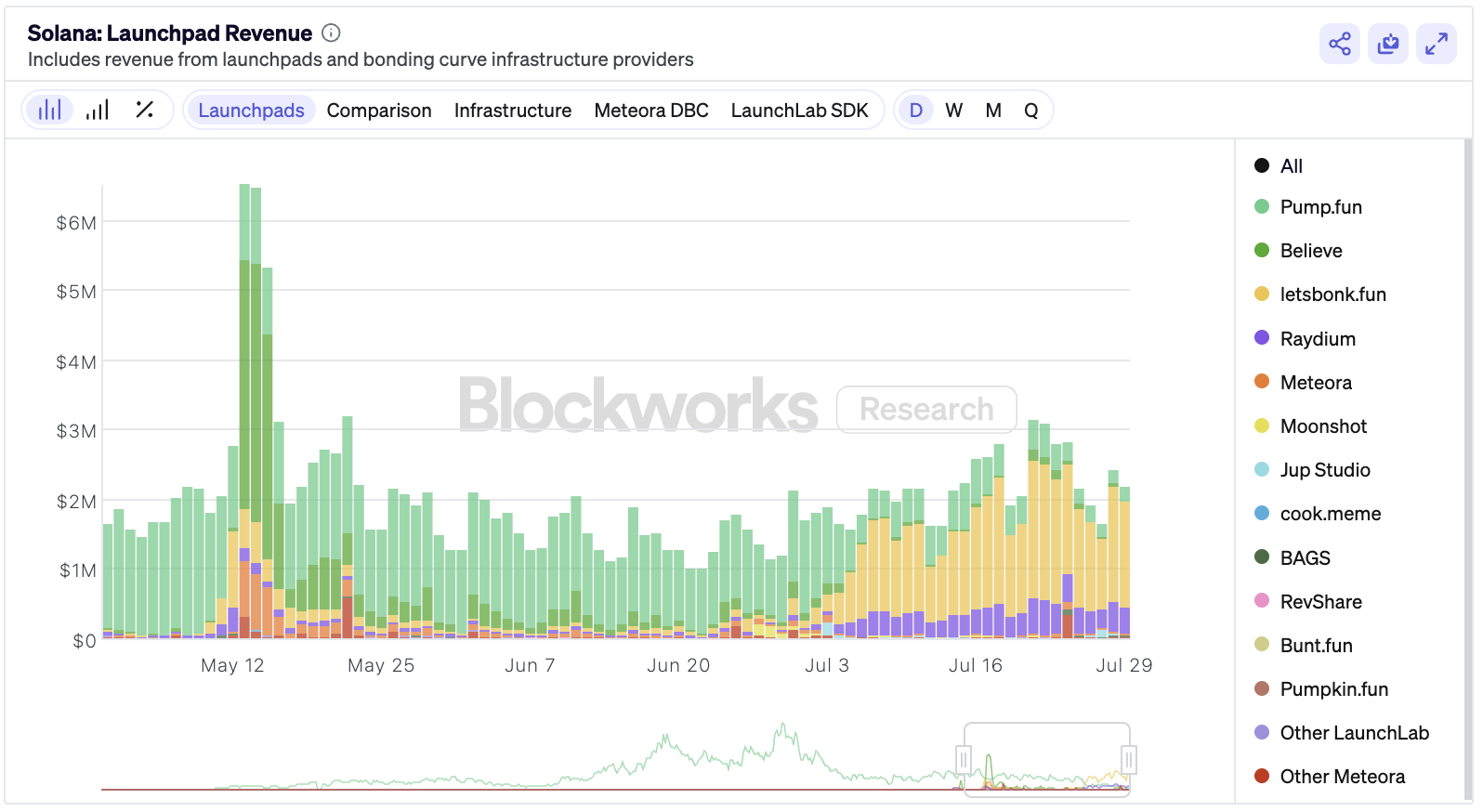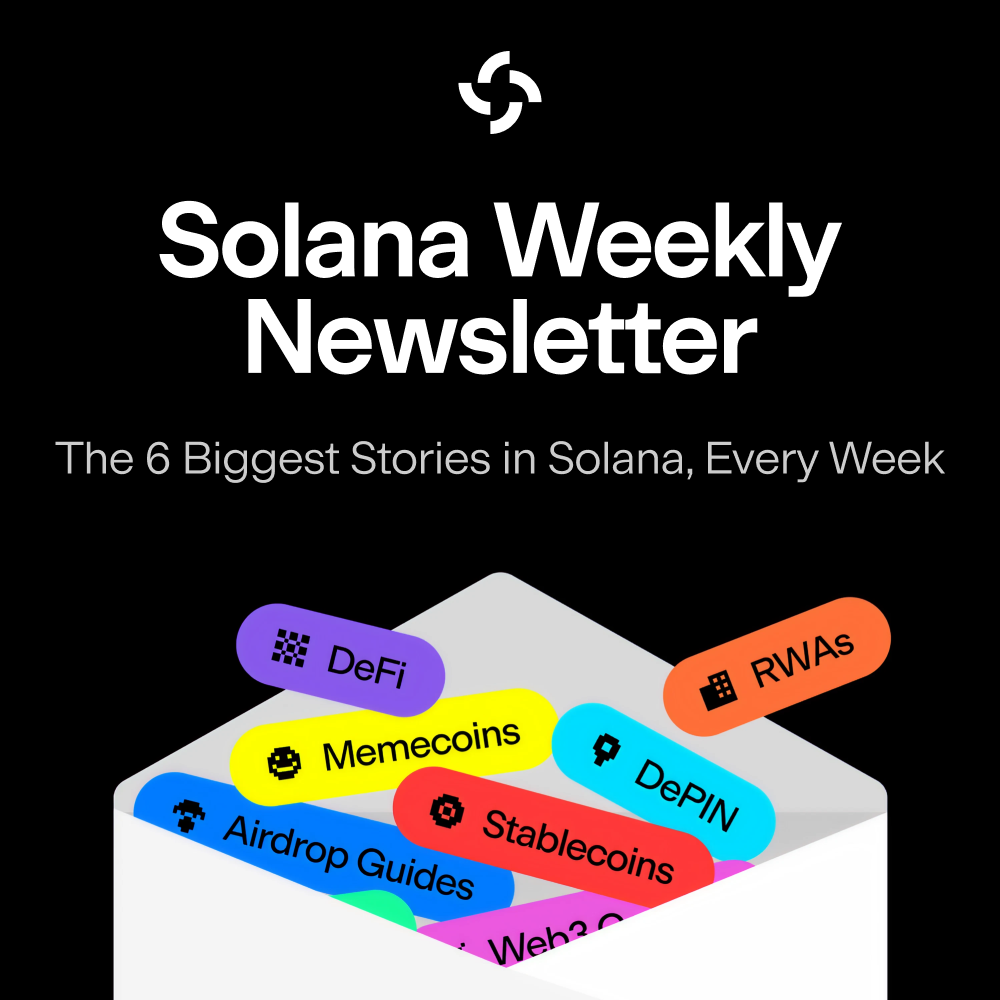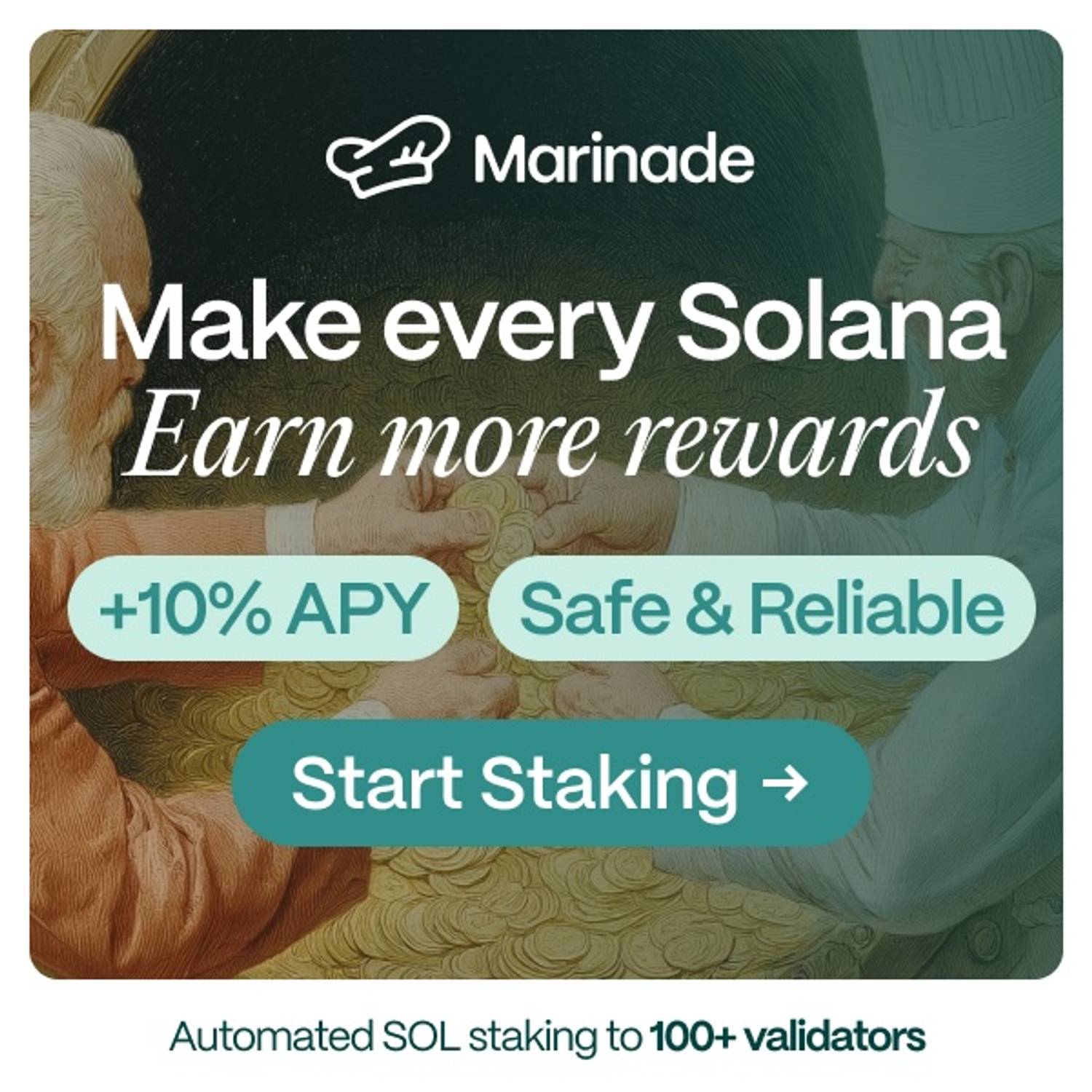
Orca Joins Launchpad Wars with Wavebreak: What’s Different?
Solana’s fiercely competitive launchpad wars gain a new fighter from DeFi OG Orca.
- Published:
- Edited:
Orca, one of Solana’s oldest DeFi platforms, has joined Solana’s fervent launchpad wars, joining rival DEXes like Raydium and pump.fun in launching its own no-code token creator, Wavebreak.
Designed to put “human traders” first, Wavebreak supposedly introduces a wealth of anti-bot features, alongside creative new mechanics to reward conviction and culture-building.
How is Wavebreak different? How could it improve $ORCA buybacks, and why does every DEX on Solana need its own launchpad?
What is Wavebreak?
Wavebreak is Orca’s answer to botted memecoin launches, malicious sniping, and quick-flip culture. Solana’s newest launchpad claims to introduce a new, fairer launch mechanism to the trenches that rewards conviction and offers generous incentives for creators.
Similar to the model pioneered by pump.fun, Wavebreak allows traders to speculate on tokens priced on a bonding curve. When that bonding curve is fulfilled, or reaches a market cap of 85 $SOL, the token graduates to an Orca Whirlpool and is tradable on the DEX and any external aggregators.
Upon graduation, 19.32% of the token’s supply is pooled with 84 $SOL. This liquidity is automatically locked and owned by the token creator, who will receive 87% of all trading fees generated by the pool in perpetuity.
While Orca Wavebreak’s 1 $SOL graduation fee is higher than its competitors’, the platform does offer some unique features. Orca claims its anti-bot mechanics give all users equal access to launches, eliminating the threat of snipers and maliciously bundled tokens.
Further details regarding the $TUNA token launch suggest that Orca’s anti-sniping suite includes caps on the amount of tokens that can be bought in a single transaction.

Despite disparaging comments comparing capped buys to outdated IDOs, it is likely that Orca’s anti-bot architecture is far more sophisticated, with additional preventative measures to protect human users. Speaking exclusively with SolanaFloor, Orca CEO Nathan Davis asserted that Wavebreak blocked ~18,000 bot interactions.
"The Wavebreak program uses proven web2-native anti-bot technology (currently using Google's Captcha service) that is very customizable in implementation. The program requires a user to use the Orca UI which will give a user trying to execute a transaction a temporary on-chain permission to execute the transaction... So far, it has proven quite effective, and we are ready to adapt as more bots develop specifically for Wavebreak. We will put some data out about this soon, but it looks like on the DeFiTuna launch today, we blocked around 18,000 attempted bot interactions." - Nathan Davis, Orca CEO
In a bid to incentivize traders and put graduated tokens in as many wallets as possible, Wavebreak has pioneered a novel rewards mechanic. Throughout the day’s trading, users accrue Reward Points based on their volume. A portion of all graduated tokens is added to a daily rewards pool, which is then distributed to Wavebreak users proportionate to their points at 8PM ET every day.
While this is undoubtedly a fun way of rewarding users, it introduces a curious new event to emerging token markets. Daily reward distribution could be considered a bearish catalyst for concerned tokens, in the same way that some traders argue airdrops dilute the circulating supply of listed assets.
Will Wavebreak Boost $ORCA Buybacks?
Launchpads are undeniably some of the most lucrative apps in the Solana ecosystem. At its peak, pump.fun was generating multiple millions in daily revenue, and today’s market leader letsBONK has averaged $1.57M per day over the past week.
While Wavebreak is yet to prove itself a competitive player in the launchpad wars, generating similar revenue to JUP Studio could see Orca increase its daily token buybacks by ~30%.

Over the past week, JUP Studio has generated, on average, $22.7k per day. If Wavebreak can replicate Jup Studio’s performance, Orca would be able to allocate $4.5k per day to buying $ORCA off the market, based on its recently passed governance proposal directing 20% of protocol fees to buybacks.
This would represent a 30% increase, given Orca’s daily average revenue of $75.2k recorded over the past week. Davis claims that the protocol has already accumuluated $500k $ORCA for distribution to stakers.
"Revenue will be used the same way as revenue from the existing product as described in the governance proprosal from earlier this year. Buybacks started immediately on the whirlpool side, and have already purchased almost 500k ORCA for distribution when xORCA staking goes live later this year." - Nathan Davis
Why Does Every DEX Need a Launchpad?
As Solana’s DeFi scene has evolved, the market has necessitated that every DEX must have its own token launchpad. While pump.fun monopolized launchpads for over a year, the platform’s decision to operate its own AMM started a chain reaction of DeFi apps stepping into launchpad wars.
Decentralized exchanges now need to own and operate a full-stack trading venue, from token creation to optimized AMMs. Without providing a means for users to permissionlessly deploy tokens to their platforms, DEXes run the risk of being excluded from memecoin trading volume, which constitutes a significant portion of DEX activity.
With platforms like Axiom generating explosive amounts of revenue, the next frontier for launchpads is likely to be specialized trading terminals that will enable DEXes to provide every step of the trading experience.
If pump.fun was still the only launchpad on Solana, PumpSwap would dominate trading volume across the network. Decentralized exchanges, and by extension, their launchpads, now need to foster and cultivate an ecosystem of memecoins to stay competitive and retain market share, or risk falling behind and fading into irrelevance.
Read More on SolanaFloor
RWA-Fi is coming to Solana
xStocks AUM Records New ATH With More Issuers Coming
What are Memecoins?



